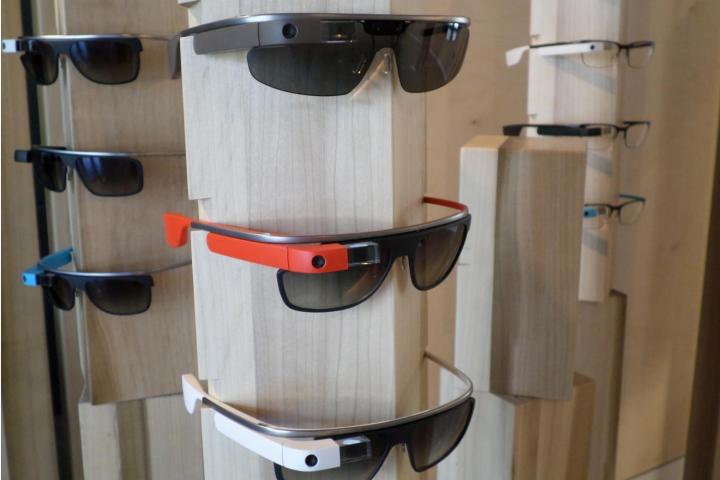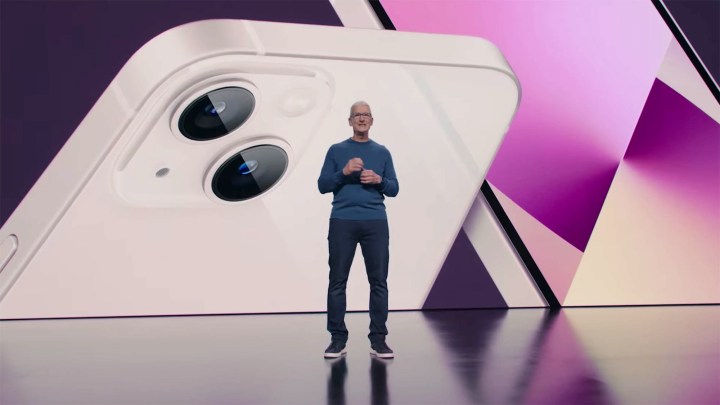Apple’s 2023 Worldwide Developer Conference (WWDC) is rapidly approaching, and I’m starting to get a rather unpleasant pain in my wallet. The long-rumored Apple Reality Pro VR/AR headset is apparently going to be revealed during the event’s keynote, and I’ve got a terrible feeling I’m not going to be able to resist it.
Why? Because Apple makes great products, I’m sure it’s going to be presented exceptionally well, and I’m doubly sure I’m exactly the person it’ll be targeting. It’s not a good combination, and I worry the only thing that’s going to stop me from potentially handing over $3,000 for one is for Apple not to announce it at all.
Take the exciting concept of AR and VR …
What has me so fired up about Apple’s so-called Reality Pro headset? In my mind, it’s going to be the realization of a sci-fi dream I’ve long chased, and that the industry so far has repeatedly fumbled. I love the concept of augmented reality, where digital information and real life converge right before my eyes. And it’s not just for the usefulness of such tech, but it’s also the way it would make me feel. In movies from Robocop to Iron Man, screens overlaying information in helmets and visors were the tools of superheroes, changing your reality to make you more than human — and it always looked so cool.
I bought Google Glass because, at the time, it was the closest we’d come to a usable personal head-up display (HUD). I also adored its sci-fi look, the sounds it made through the bone-conduction speaker, and that it was truly a new product type. In those early days, I also bought Samsung’s Gear VR and eventually Google’s Daydream View headset, plus I attended as many related events and demonstrations as I could — from controlling Google Glass with my mind to virtually scaling Mount Everest — so I could see how this incredible tech was shaping up. I even bought Snapchat Spectacles, despite not really using Snapchat.

It felt like the future had arrived, but just as quickly, it all fizzled out. Google Glass died for consumers in a firestorm of privacy issues, I personally hated Snapchat (and the Spectacles looked silly on me), and most VR headsets still haven’t evolved into viable mainstream products. The promise of products like Jins Meme, Magic Leap, and North’s Focals never really materialized either. Google recently managed to remind me why I love this kind of tech with its incredible real-time language translation using augmented reality glasses, but outside of this, I’ve just settled down with PlayStation VR (and more recently, PlayStation VR2). But the dream has never really gone away, and that’s where Apple comes in.
… add Apple’s sales technique…

Apple is a sales master. It’s adept at presenting its products in a way that’s exciting and enticing, showing you how amazing something looks, how it’ll so simply fit into your life, and crucially, how it will enhance it. It doesn’t matter if that product isn’t “new” in the industry or even if it’s that different from an older version — Apple is better at showing you what can be done with it in a way other brands simply can’t match. It then backs up the marketing claims with quality hardware, superb software, and simple usability.
Augmented reality, virtual reality, and the metaverse are ripe for Apple’s sales technique. There are use cases for all of them, but they aren’t presented in a cohesive, complete form to encourage normal people to try them out. The hardware is usually challenging, awkward, or ugly. It often requires technical expertise or specific tools to get the most from the product, or has social issues attached that turn people off. No single company has brought everything fun and interesting about this technology together, then packaged it in a way that’s appealing to the public yet.

If any brand can make augmented reality, mixed reality, the metaverse, virtual reality, or whatever it’ll call the environment used by the Reality Pro headset understandable and tempting enough that the everyday person can see the benefits, it’s Apple. And if any person is ready, open, and willing enough to be sold on a brand new AR headset that’ll see my sci-fi fantasies come true, it’s me. The fact that it’s supposed to cost $3,000 will be a trifling nonissue if it does its job well — and that’s not good at all.
… and you’ve got a recipe for success

I’m fully aware this makes me sound like the quintessential Apple fanboy. I make no secret that I use an iPhone, a MacBook, a Mac mini, an Apple Watch, and an iPad every day. Quite apart from it being my job, it’s also because they’re good products. It also means that I’m ready and willing to spend money on Apple products, and because I also know the Reality Pro will work well with other devices I own — always a high point of Apple’s ecosystem — I’ll further be able to justify it in my mind as it’s sure to augment my other Apple products along with my reality.
I’m at the point where if there was a preorder button on Apple’s website today, I’d probably press it. That I feel this way is a good thing; it means the prospect of seeing something new in AR and VR is still exciting to me, and I’ve not been jaded by years of being disappointed by tech demos, half-finished products, and broken promises. I really want the Reality Pro to be the product I, and the entire VR industry, have been waiting for, and I want it to eventually make everything to do with virtual and augmented reality mainstream.
It’s becoming quite clear I have no willpower, and not even the fact that I’ve bought into previous attempts at making AR/VR a thing, only to be subsequently disappointed, can put me off. It’s going to take Apple to either completely mess up the presentation, fail to show any real-world benefits, make it solely for development or enterprise use, or to not announce it at all for me to not spend an insane amount of money on its headset in the near future.
You’ve almost got me, Apple, and I can’t wait to see if you can close the deal.
Editors’ Recommendations

